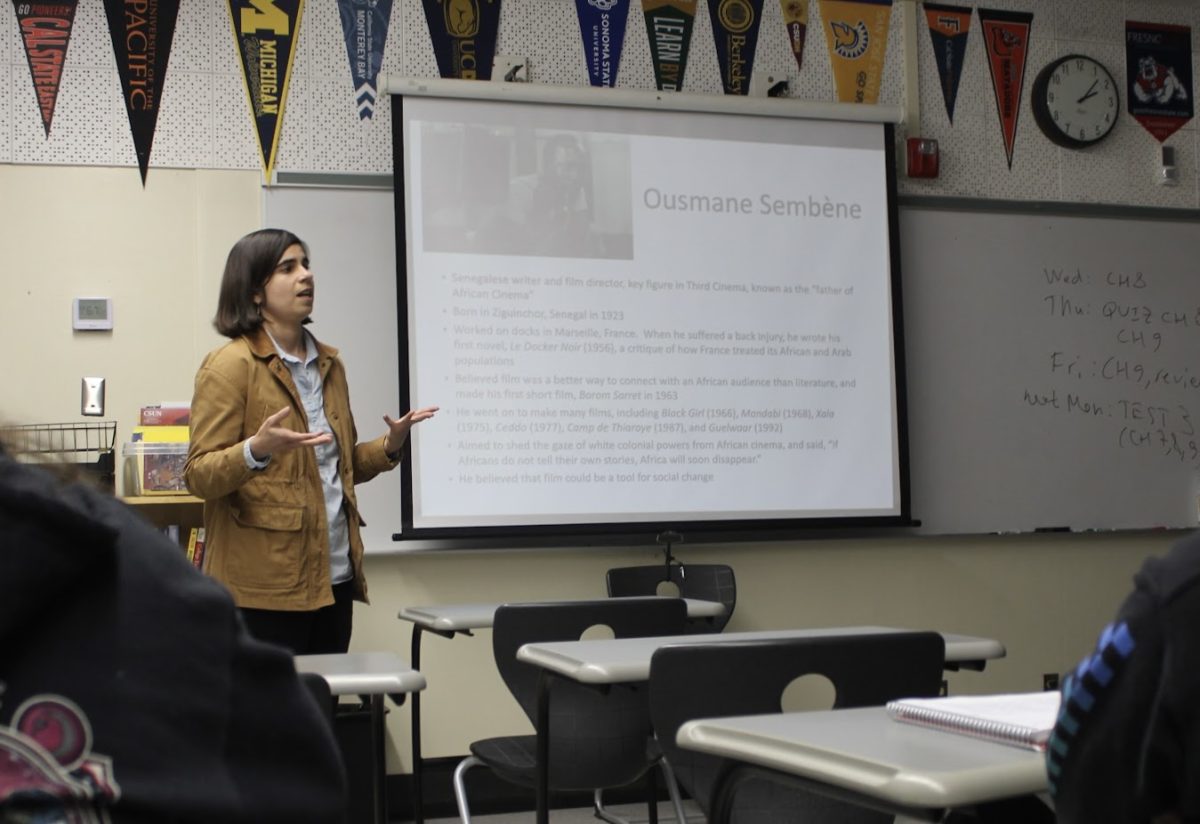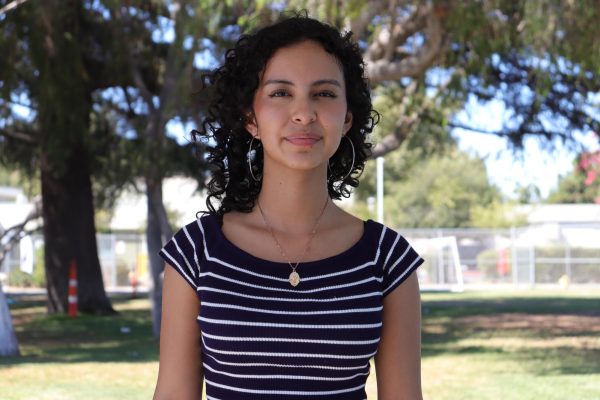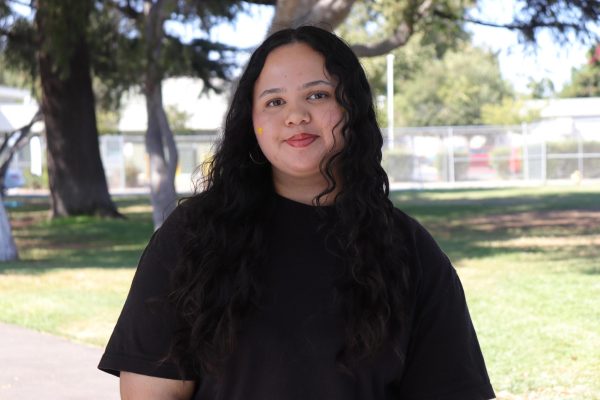Film and cinema have evolved significantly, from silent films to Computer-Generated Imagery (CGI). In a new cinema college class, students have the opportunity to watch and analyze the history of films over the past decades.
“We look at specific details about each shot and we discuss how it impacts the film,” junior Giselle Garzon said. “Sometimes directors felt the need to not use as much editing or use a lot of editing. We see a lot of that in the class.”
In the new period five cinema history course, which started on Oct. 13 and is offered by Pierce College, students get the opportunity to watch clips and films from the beginning of cinema to the present and observe how it has developed over time. Some of the films that they’ve watched include: “The Immigrant” (1917), “M” (1931), “Out of the Past” (1947), “Umberto D” (1952) and “The 400 Blows” (1959). Students complete writing assignments according to the structure of these films as well as participate in class discussions about change in filmmaking.
Pierce College Professor Nora Sweeny hopes to bring students knowledge about the cinema world and teach them different ways to deeply analyze what they watch.
“I’m really hoping that students get to learn to appreciate films that they wouldn’t have watched on their own, especially films that are from earlier time periods,” Sweeny said. “I want them to think about why it’s important to watch films that are old.”
This college course offers knowledge of the progression of film over time, which can be of great use to students who’d like to pursue a career in film, cinematography or the history of film.
“As a film major or someone who wants to specialize in the history of film, this class is great,” senior Maya Baugher said. “Our professor Sweeny covers film from the beginning with the Lumière Brothers who used their very first film cameras to create the first silent films. I would encourage students to take this class if it is something they’d like to pursue.”
Sweeny encourages students to take the course to expand their understanding of film creators from the past and how they used available resources to organize and direct a film.
“It’s good to learn how to watch whatever you consume,” Sweeny said. “There’s so much that goes into whatever you watch in terms of movies and television. It’s really important to learn how to better analyze it and to know what’s behind what you’re seeing.”
















